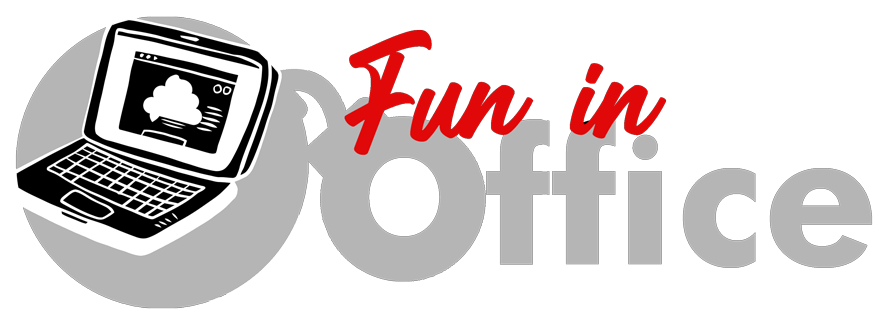As businesses adapt to changing dynamics and embrace digital transformation, hybrid work models have emerged as a prominent trend in the evolving landscape of work. This model provides employees with the flexibility to work remotely and in-office, blurring the lines between traditional office-based work and remote work setups. In this comprehensive exploration, we delve into the multifaceted implications of hybrid work arrangements, from productivity and collaboration to company culture, leadership effectiveness, infrastructure readiness, legal compliance, sustainability considerations, and beyond.
Table of Contents
Exploring Hybrid Work Models

Flexibility and Adaptability
Hybrid work arrangements offer employees the freedom to choose where and when they work, accommodating diverse needs and preferences. This flexibility enables individuals to tailor their work environment to optimize productivity, creativity, and work-life balance.
Productivity Enhancement
By empowering employees to work in environments that suit their task requirements and personal preferences, hybrid work models can enhance productivity. Individuals can leverage the benefits of remote work, such as reduced distractions and flexible schedules, while still benefiting from in-person collaboration and access to resources in the office.
Collaborative Challenges
While hybrid work offers flexibility, it also presents challenges in fostering collaboration and maintaining team cohesion. Balancing remote and in-office work requires organizations to rethink communication strategies, project management approaches, and team dynamics to ensure effective collaboration across distributed teams.
Technological Integration
The successful implementation of hybrid work models hinges on robust technological infrastructure and seamless integration of digital collaboration tools. Organizations must invest in technologies that facilitate virtual meetings, document sharing, project management, and real-time communication to enable remote and in-office teams to collaborate effectively.
Cultural Shift
Adopting hybrid work models necessitates a cultural shift within organizations, moving away from traditional notions of productivity based on physical presence in the office. Instead, organizations must cultivate a culture of trust, accountability, and results-driven performance, emphasizing outcomes over input and fostering a sense of belonging and inclusion among remote and in-office employees.
Employee Well-being
The flexibility offered by hybrid work arrangements has significant implications for employee well-being. By reducing commute stress, accommodating personal commitments, and promoting work-life balance, organizations can support the physical and mental health of their workforce, leading to higher levels of engagement, satisfaction, and retention.
Leadership and Management
Effective leadership and management are critical for the success of hybrid work models. Leaders must adapt their management styles to accommodate remote and hybrid teams, focusing on outcomes, clear communication, and empowering employees to take ownership of their work. Providing remote employees support, resources, and professional development opportunities is essential for maintaining morale and productivity.
Training and Development
To thrive in hybrid work environments, employees need access to training and development opportunities that equip them with the skills and resources to navigate digital collaboration tools, remote communication platforms, and virtual team dynamics effectively. Investing in ongoing learning initiatives ensures that employees remain adaptable, resilient, and competitive in a rapidly evolving work landscape.
Employee Engagement
Maintaining high levels of employee engagement is a priority for organizations implementing hybrid work models. Leaders must actively foster connection, recognition, and inclusivity among remote and in-office teams, leveraging virtual team-building activities, regular check-ins, and transparent communication channels to strengthen relationships and foster a sense of community.

Workplace Design and Infrastructure
The physical workspace plays a crucial role in supporting hybrid work arrangements. Organizations may need to reevaluate their workplace design and infrastructure to accommodate flexible work schedules, hot-desking options, and enhanced technology infrastructure that supports remote collaboration and digital connectivity.
Legal and Compliance Considerations
Implementing hybrid work models requires careful consideration of legal and compliance issues, such as data security, confidentiality, remote work policies, and labour regulations across different jurisdictions. Organisations must ensure that they have robust policies and procedures in place to protect sensitive information and mitigate legal risks associated with remote work.
Measuring Success and Performance
Developing metrics and performance indicators tailored to hybrid work models allows organizations to track success, evaluate productivity, and make data-driven decisions to optimize work arrangements. By collecting feedback from employees, monitoring key performance indicators, and adapting strategies based on insights gained, organizations can continuously improve their hybrid work practices.
Sustainability and Environmental Impact
Hybrid work models have the potential to reduce carbon emissions and environmental impact associated with commuting, offering sustainability benefits for both organizations and the planet. By enabling employees to work remotely, organizations can contribute to reducing traffic congestion, air pollution, and energy consumption, while also promoting work-life balance and employee well-being.
Conclusion, hybrid work models represent a paradigm shift in the way we work, offering unprecedented flexibility, productivity enhancements, and opportunities for employee well-being. However, they also present challenges in terms of collaboration, culture, leadership, infrastructure, legal compliance, and sustainability. As organizations navigate this complex landscape, strategic planning, technological integration, cultural alignment, and a focus on employee engagement and well-being will be essential for success.
FAQs (Frequently Asked Questions)
-
How does a hybrid work model benefit employees?
Hybrid work models offer employees flexibility, autonomy, reduced commute stress, improved work-life balance, and opportunities for customization and personalization of their work environment.
-
What challenges do companies face in implementing hybrid work arrangements?
Companies may encounter challenges related to communication, collaboration, maintaining company culture, leadership effectiveness, technological infrastructure, legal compliance, and measuring performance in hybrid work environments.
-
How can organizations foster collaboration and connection in hybrid work settings?
Organizations can foster collaboration and connection by investing in technology for virtual collaboration, promoting transparent communication channels, implementing regular check-ins, facilitating virtual team-building activities, and creating opportunities for informal interactions among remote and in-office teams.
Collaboration company culture digital transformation Employee Well-being hybrid work models infrastructure leadership legal compliance Productivity Remote Work Sustainability technological integration workplace flexibility
Last modified: March 8, 2024

















